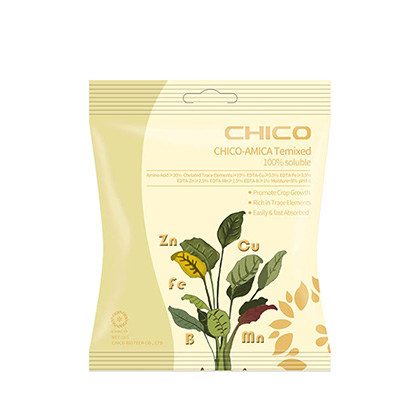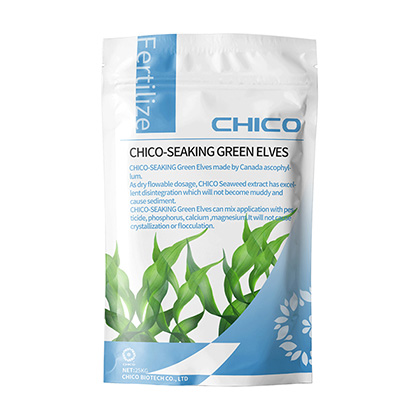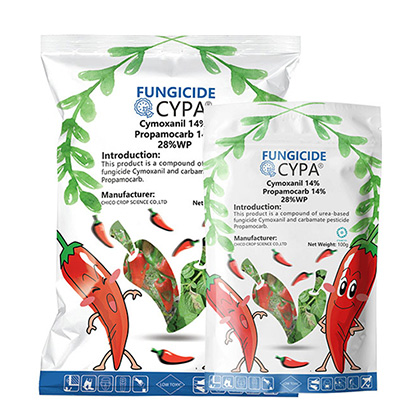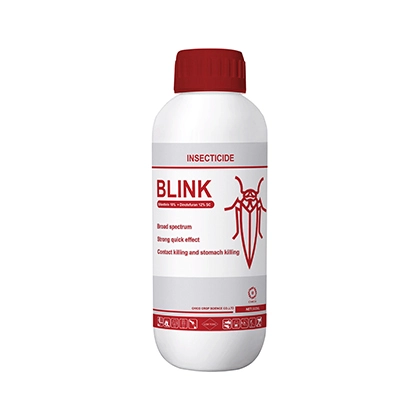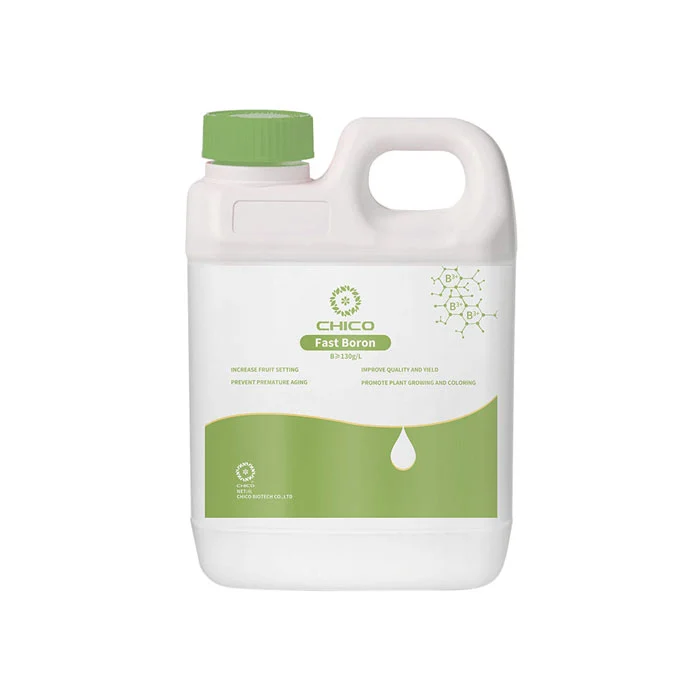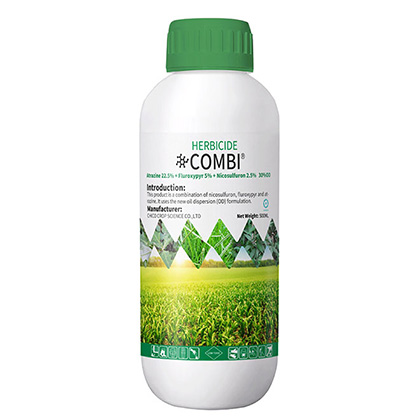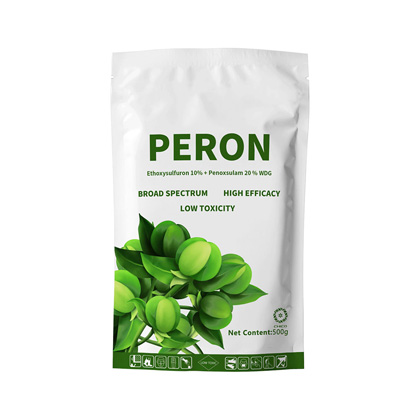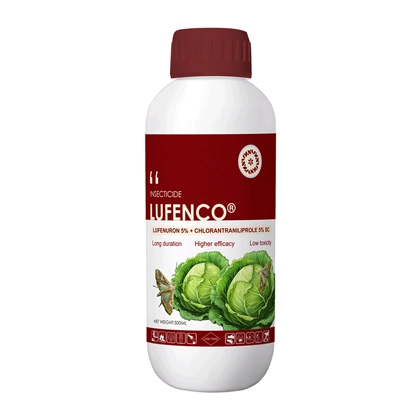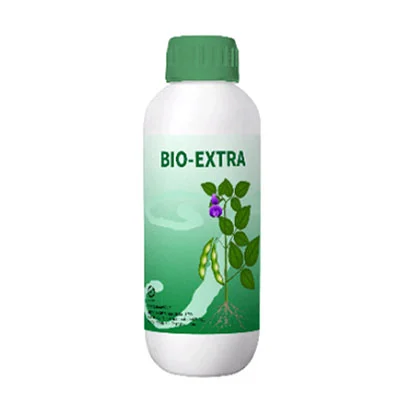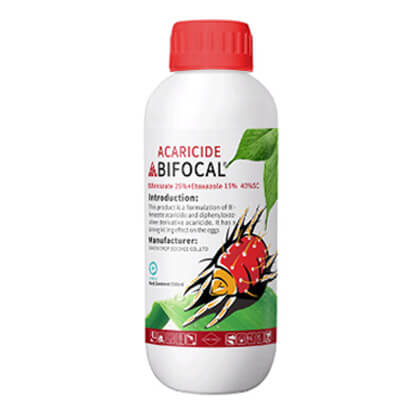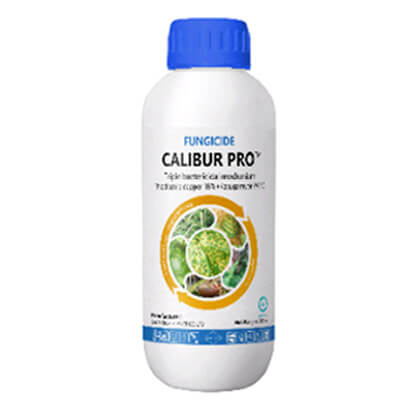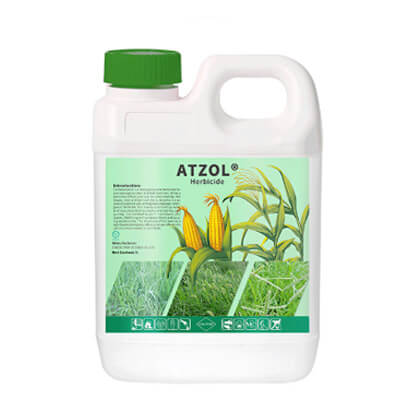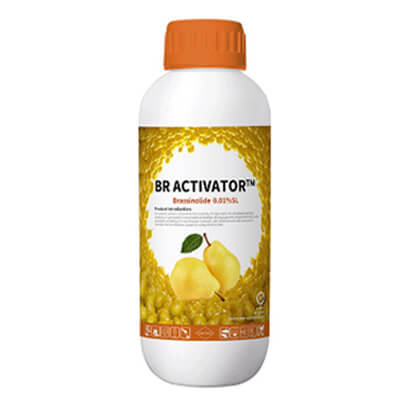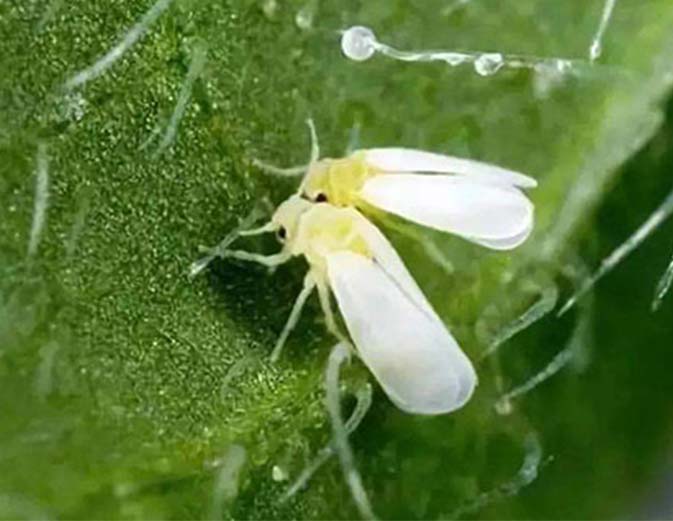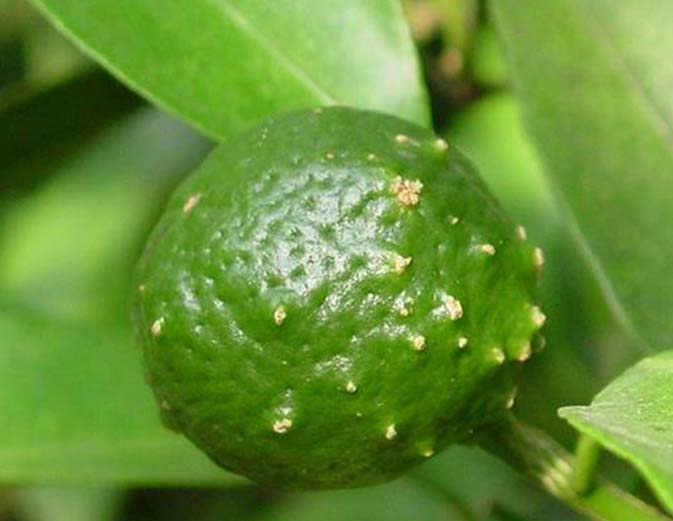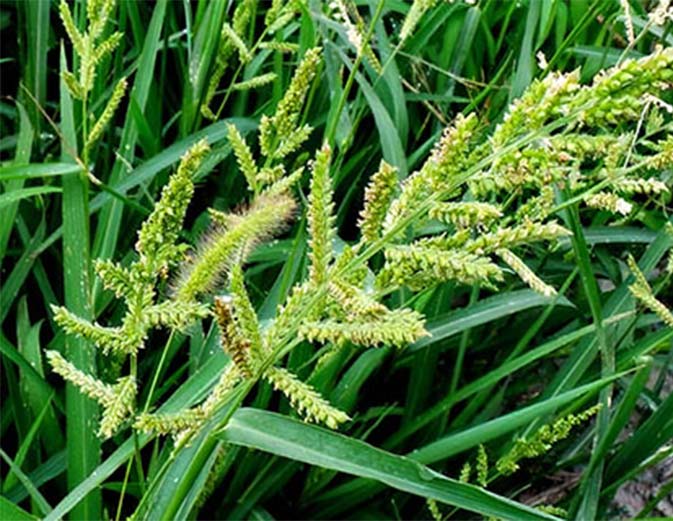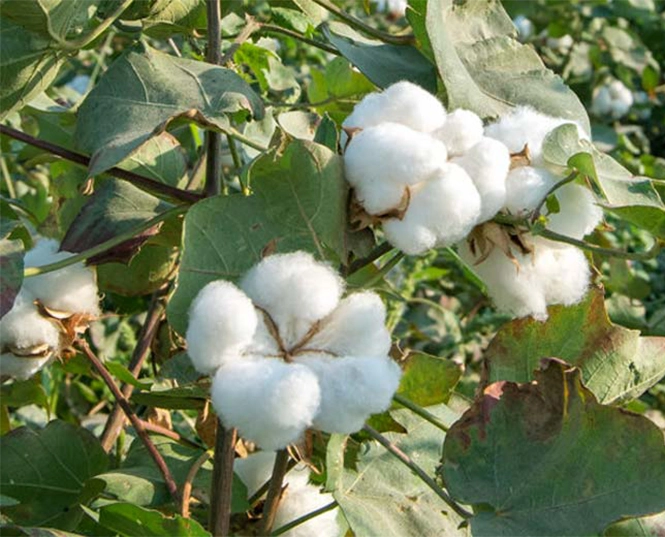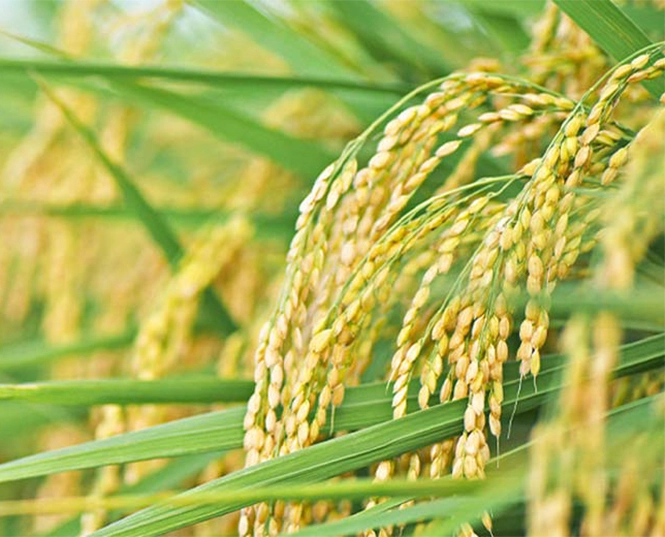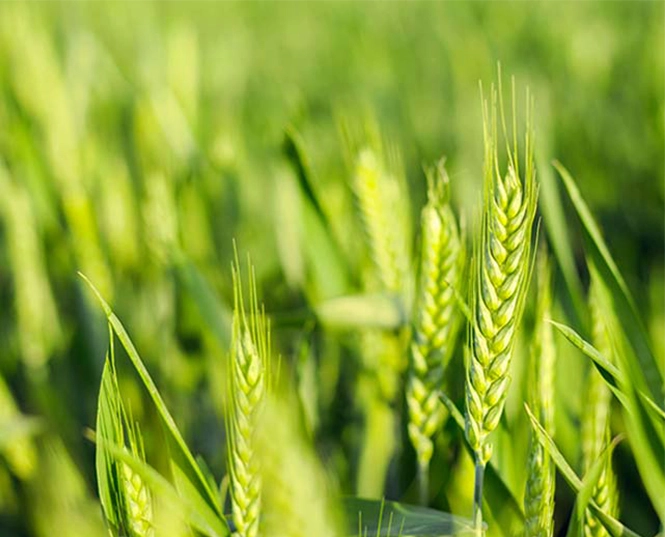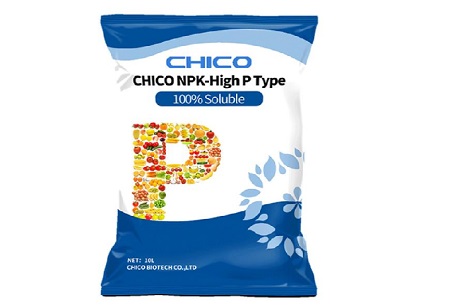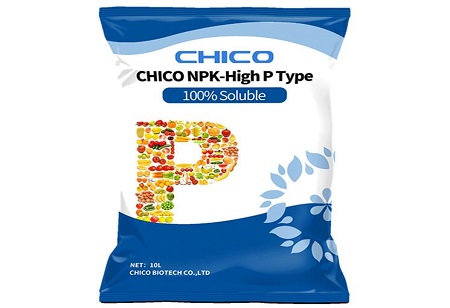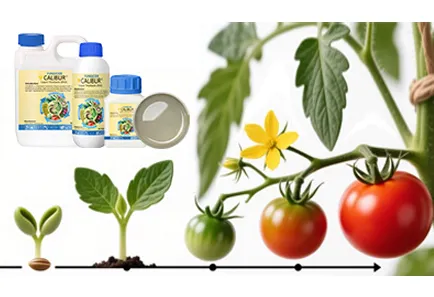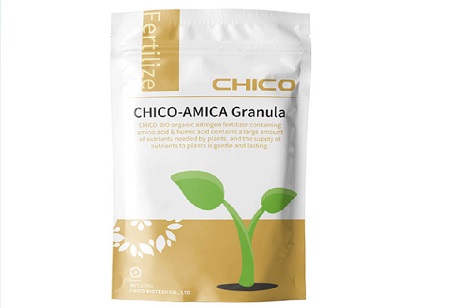
Soybean Solution
Soybean Disease Treatment
Soybean bacterial:
Bacterial spot caused by Pseudomonas syringae(Bacterial) which is also called bacterial blight. It can cause leaves to shed in the early stage of plants, reducing the production by 18%-22%.
This disease mainly damages leaves and can also infect seedlings, petioles, stems and beans. The lesions on the cotyledons are semicircular or nearly round and water-soaked, with the color ranging from brown to black.
Solution:
In the branching stage of seedlings, spray Calibur® 20% SC diluted to 500 times, 2-3 times with an interval of 7 days. It also helps to treat bacterial angular spot of soybean.
Soybean root rot
Soybean root rot caused by Phytophthora (Fungi) which is a common disease of soybean that can ultimately cause death of soybeans at any stage of development. The disease can cause stand losses and severe yield reductions in susceptible soybean varieties.
The taproot turns dark brown and the entire root system may be rotted. Leaves on older infected plants become chlorotic between the veins followed by general wilting and death.
Solution:
CHICO has accumulated rich experience and could offer the corresponding high-class solutions, e.g.: hymexazol 15%AS.
Soybean downy mildew
Downy Mildew is a common fungal leaf disease of soybean that occurs wherever soybeans are grown, especially when weather conditions are rainy and humid. The downy mildew pathogen, Peronospora manshurica, survives in crop residue and on the seed surface.
Younger leaves are more susceptible to downy mildew than older leaves, so the disease will generally appear first on the upper surface of young leaves.
Look for pale green to light yellow spots which enlarge into pale to bright yellow spots. The center of the spots eventually turns brown, bordered by yellow margins.
Solution:
CHICO has accumulated rich experience and could offer the corresponding high-class solutions, e.g.: PROFLU 70%SC
Soybean Pest Control
Soybean aphid
Aphids are tiny insects and nearly all individuals are egg-laying females that produce live young. Males are only needed to produce over-winter capable eggs, so hatching and growing Aphids can create rapid infestations. Because of this, Aphid populations can grow quickly and cause serious damage.
Soybean aphids use their piercing sucking mouthparts to extract plant sap. Feeding by soybean aphid can reduce soybean yield and quality. Yield can be further reduced when heavy infestations result in dark sooty mold, which grows on the sugar excretions of aphids. Soybean aphids also transmit viruses to soybean.
Solution:
CHICO has accumulated rich experience and could offer the corresponding high-class solutions, e.g.: ACELA 3.5%ME, NIPPY 60%WDG.
Soybean stem borer
Soybean stem borer is a small, long-horned beetle whose larvae attack soybean and other hosts including sunflower, giant ragweed and cocklebur.
The females lay eggs into the stems at leaf attachment points, (petioles). When the eggs hatch the larvae will bore into the stem where they begin to feed on the pith.
As the larvae mature, they move to the base of the plant stem where they will hollow out the interior which creates a weak location on the stem where the plants have a greater risk of lodging. This lodging can result in harvest difficulties and significant yield loss.
Solution:
CHICO has accumulated rich experience and could offer the corresponding high-class solutions, e.g.: SMASH 11.8%SC.
Soybean Weeds Management
Annual Gramineae Weeds
The annual grass weeds mainly include barnyard grass, green bristlegrass, Eleusine indica and so on.
Solution:
CHICO has accumulated rich experience and could offer the corresponding high-class solutions, e.g.: PELIN 450g/L CS Pre-emergence herbicide.
Annual broadleaf weeds
The annual broadleaf weeds mainly include Chenopodiaceae, Dayflower, Purslane and so on.
Solution:
CHICO has accumulated rich experience and could offer the corresponding high-class solutions, e.g.: Fomesafen 250g/LAS.
